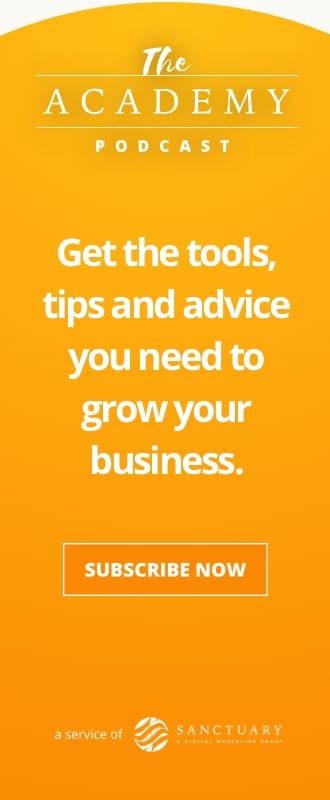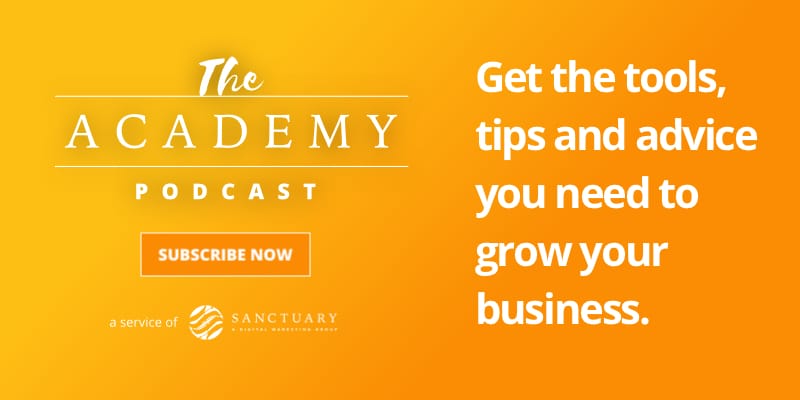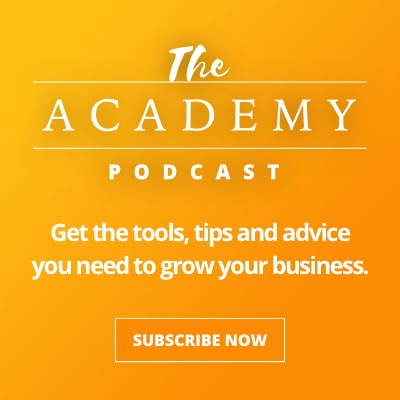
The history of search engine optimization dates back to the very earliest days of the internet. For as long as people have been using search engines to find content online, businesses and website owners have been using search engine optimization techniques to get as much of that traffic as possible.
Of course, over the years, the methods that are used to optimize a website for search traffic have changed dramatically. In the early days, keyword stuffing was the way of the web. As a site owner, you simply put as many relevant keywords as possible on each page, so the search engines would associate your content with those keywords. This was a primitive approach that took away from the user experience, but it worked. As the years passed, search engines got smarter and smarter, and keyword stuffing became less and less useful as an SEO strategy.
Throughout that evolution, however, the value of the keyword remained. Site owners had to use their keywords more carefully and strategically, but SEO was still based on the concept of targeting specific keywords for certain pages. As we move forward, that finally may be changing. In this article, we are going to talk about the shift from keywords to topics and what it means for anyone trying to attract organic search traffic on the web. This is a big discussion with important ramifications for your business, so let’s get started!
The Limitation of Keywords & the Disconnect with Your Key Audience
Keywords were a logical place for search engines to target their attention in the early days of the internet. After all, it stands to reason that focusing on the words that are found on a webpage would be a good way to know what that page is all about. And, this system worked well enough for a short time, but soon some issues started to pop up that made it clear a new approach was going to be required.
The biggest issue with a keyword-centric approach to ranking web pages in search results is that it is easy to game the system. Rather than identifying the sites that offered the best information to the user, the focus on keywords simply presented the sites that found as many ways to use that word or phrase as possible. It was harder than necessary to find what you wanted online because you had to wade through all of the low-quality sites and pages that existed only with the goal of grabbing free traffic while putting in as little effort as possible.
The other issue with focusing solely on keywords rather than topics and longer phrases that fit under those topics is that that’s not how real people are searching the internet. A real-life human being is likely going to search for more than just “digital marketing”. They’re probably going to add some kind of qualifier to that for a more narrowed search, like “digital marketing agency near me” or “digital marketing platforms for small businesses”. Notice how all these phrases center around the topic of “digital marketing”? That’s how you need to start thinking about and organizing your content.
So, it is clear that the keyword-based approach to search engine rankings is limited and somewhat flawed. Does that mean keywords are completely irrelevant in the modern SEO landscape? Not even close. It’s not that keywords are completely out of the discussion, it’s just that the current way to approach SEO is more nuanced and complex. Keywords will likely remain a part of SEO forever, since they are what drives all search, but the way you win in the rankings is going to be an ever-evolving process that requires you to think critically about your business.
The Era of the Topic Cluster in SEO
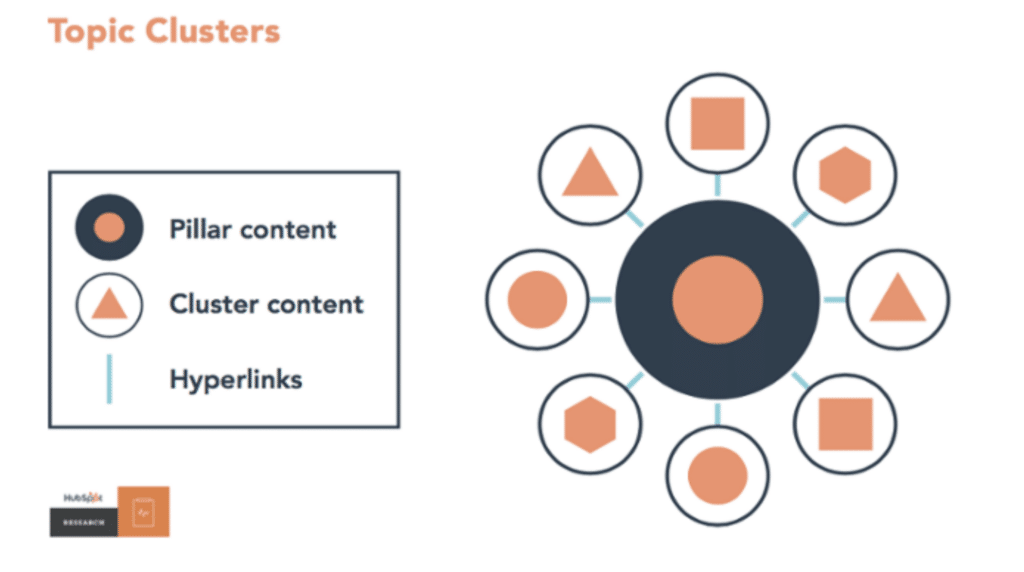
If you are going to somewhat downgrade the importance of keywords in your SEO approach, what is it that will now consume your attention? Topic clusters. The big change that is being seen in the SEO world is a move toward topical authority in the eyes of search engines like Google. In other words, the search engines want to see your site as an authority on a given topic, rather than just counting up how many times you mentioned the right keyword, or even how many links you have acquired (although that still matters).
What is a topic cluster? Let’s go through an example to help you better understand this concept. We are going to use an example from the cooking niche, but this same method can apply to virtually every market.
- The fictional company we will use for our example sells a vegetable peeler. Their goal with the content they create on their website is to bring in traffic that may eventually want to purchase a peeler from their site. For this part of their content strategy, they are focused on prospects who are near the top of the funnel. In other words, these searchers aren’t planning to make a purchase today, but they are interested in relevant topics and may wind up making a purchase at some point.
- Using an old-school, keyword-driven approach to SEO, this company might write predictable articles targeting keywords like “best vegetable peeler”, “best peeler under $20”, and on and on. This strategy would have worked nicely in the past, but it is losing relevance and inevitably leads to a string of articles on the site that cover the same basic subject.
- Instead, our company is going to shift to a new way of looking at content marketing by creating a cluster of pages around the core idea of vegetable peelers. In this way, the site can create topical authority in the eyes of the search engines while also covering just about every potential subject within this niche.
Examples of the pages they might develop include the following:
- Styles of vegetable peelers
- What are the hardest vegetables to peel?
- Five tips to peel vegetables quickly and easily
- What to do with the peels from your veggies
- And on and on and on
Taking this method will allow the company to build out an entire section on their website that is dedicated to vegetable peeler information, education, and advice. While the topics that are used within the cluster will likely be based on some keyword research, it is not the keywords that are at the core of the strategy. Rather, it’s the topics themselves, and how they can inform the audience.
As you can see, even with a topic as narrow as vegetable peelers, there are plenty of different types of pieces that can be written. So, if this company actually sold a variety of kitchen wares and not just peelers, they could take the time to create a cluster of informative content for each of those products. That would result in a massive base of knowledge that would serve their customers and cast a wide net to capture organic traffic from tons of different searches.
What is a Pillar Page?
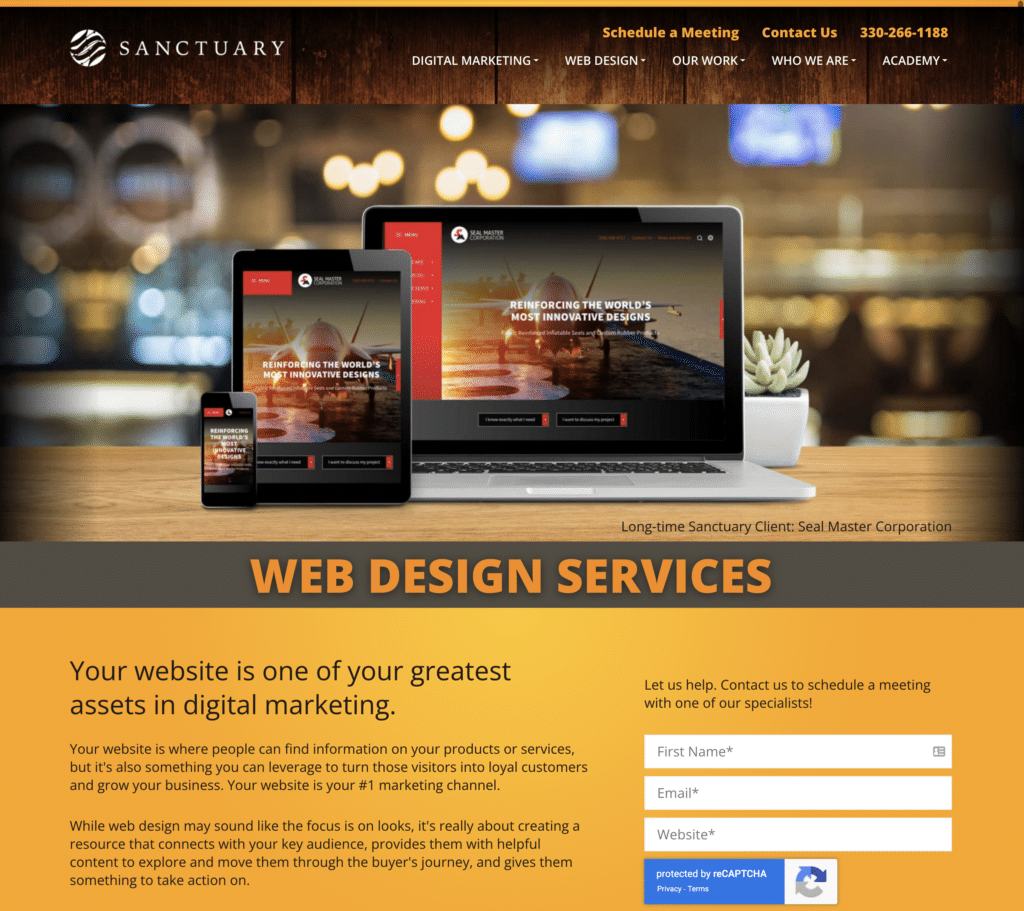
If we have managed to get you excited about the idea of using topic clusters on your site, the next step is to understand the nuts and bolts of how to execute this strategy. At the core of the topic cluster concept is the pillar page. Simply put, a pillar page is a central location (or hub) that serves as a topic cluster. For each cluster that you build on your site, you will build a pillar page that covers the topic from a high level and then points users out to the various supporting pages that include a greater level of detail.
So, if we were to continue our example of vegetable peelers, the pillar page might be something like “How to Pick a Vegetable Peeler” or “How to Use a Vegetable Peeler”. This is a point in the process where some keyword research can come in handy. You can use your research to highlight a search term that gets a high monthly volume and that term can be the focal point for the pillar page. In this case, it might just be “vegetable peeler” that serves as your pillar page keyword target.
The way a pillar page looks and functions is going to vary from site to site and business to business, but there are some key ideas that you want to keep in mind when building your first one:
- Include links. You want this pillar page to contain a large number of internal links to the various other pages in your topic cluster. It’s a good idea to organize these links by topic or category so you can help the user quickly and easily find what they need. Also, from a pure SEO perspective, adding internal links may help all of the pages in the cluster rank higher.
- Include a table of contents. Because a pillar page is a longer piece of content that hits on various topics, it’s important to make sure the page is easy to navigate. A simple way of doing this is to include a table of contents that allows the user to click through to different sections of your pillar page without having to scroll up and down through multiple sections.
- Add value. While the links are a big part of this page, you don’t want to just make it a list of other pages to visit. Take the time to create useful, informative content that adds value for your visitors. After all, if you are going to rank this pillar page along with the supporting pages, you’ll need to put something on the page that makes it worthy of a ranking spot on page one.
- Keep it updated. As you continue to add pages to your topic clusters, be sure to update the pillar page to include the right links and point users toward the best of what you have to offer. This shows your credibility in creating content!
Building pillar pages is not only good SEO practice, it also makes your site more enjoyable to use. These pages can serve as a sort of roadmap to help people get around the site and discover all the useful content that you have taken the time to create. With a smart, simple site architecture in place, you stand to get maximum reward for the content you’ve built.
Nailing User Intent is the End Goal
At the end of the day, this is all about one thing: matching user intent. It’s clear that the future of SEO is heading more and more in the direction of user intent, meaning the search engines want to deliver content that matches what the searcher was hoping to find.
What does that mean for you? When doing research for new content projects, always keep the user in mind. Put yourself in that person’s shoes while they are performing a search… What is it that they really want to find? If someone searches for “how to use a vegetable peeler”, they probably don’t want to be sold on the best peelers on the market. Instead, they want to know how to use one properly, so it’s your job to deliver that information. If you fail to match user intent with your content, you are going to have an increasingly hard time ranking for the terms that are relevant to your business.
It is not our aim with this article to encourage you to completely toss your lists of keywords out the window. Those are still valuable, but you need to use them properly. Create a content plan built around topic clusters and use pillar pages to serve as the center of those clusters. There is likely a lot of hard work ahead, but that work just may be rewarded with improved levels of organic search traffic. Good luck!
Most Popular Articles

Seeing Favicons in Your Google Search Results? Here’s Why…
Have you noticed anything different in your Google Search results lately? Google added tiny favicon icons to its organic search results in January. It was…

Business Growth and Digital Marketing News & Tips 4-14-24
Did you know? It’s five to twenty-five times more expensive to acquire a new customer than to retain an existing one. Increasing customer retention by…

Business Growth and Digital Marketing News & Tips 3-28-24
With the desire for precise measurement tools to determine ROI, there has been a rise in attention metrics. These metrics, which often utilize eye-tracking data,…




